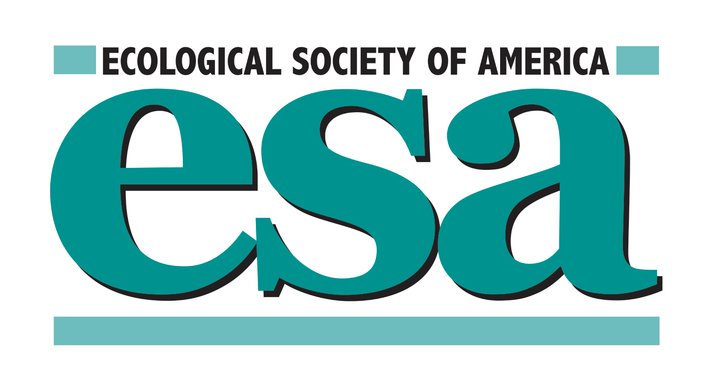Location
The Ecological Society of America (ESA) is a nonpartisan, nonprofit organization of scientists founded in 1915 to:
- promote ecological science by improving communication among ecologists;
- raise the public’s level of awareness of the importance of ecological science;
- increase the resources available for the conduct of ecological science; and
- ensure the appropriate use of ecological science in environmental decision making by enhancing communication between the ecological community and policy-makers.
Ecology is the scientific discipline that is concerned with the relationships between organisms and their past, present, and future environments. These relationships include physiological responses of individuals, structure and dynamics of populations, interactions among species, organization of biological communities, and processing of energy and matter in ecosystems.
Members:
Resources
Displaying 16 - 20 of 47Habitat connectivity shapes urban arthropod communities: the key role of green roofs
The installation of green roofs, defined here as rooftops with a shallow soil cover and extensive vegetation, has been proposed as a possible measure to mitigate the loss of green space caused by the steady growth of cities. However, the effectiveness of green roofs in supporting arthropod communities, and the extent to which they facilitate connectivity of these communities within the urban environment is currently largely unknown.
Feedbacks underlie the resilience of salt marshes and rapid reversal of consumerâdriven dieâoff
Understanding ecosystem resilience to human impacts is critical for conservation and restoration. The largeâscale dieâoff of New England salt marshes was triggered by overfishing and resulted from decades of runaway crab grazing. In 2009, however, cordgrass began to recover, decreasing dieâoff â¼40% by 2010. We used surveys and experiments to test whether plantâsubstrate feedbacks underlie marsh resilience. Initially, grazerâgenerated dieâoff swept through the cordgrass, creating exposed, stressful peat banks that inhibited plant growth.
added complications of climate change: understanding and managing biodiversity and ecosystems
Ecosystems around the world are already threatened by landâuse and landâcover change, extraction of natural resources, biological disturbances, and pollution. These environmental stressors have been the primary source of ecosystem degradation to date, and climate change is now exacerbating some of their effects. Ecosystems already under stress are likely to have more rapid and acute reactions to climate change; it is therefore useful to understand how multiple stresses will interact, especially as the magnitude of climate change increases.
Climatic and land cover influences on the spatiotemporal dynamics of Holocene boreal fire regimes
Although recent climatic warming has markedly increased fire activity in many biomes, this trend is spatially heterogeneous. Understanding the patterns and controls of this heterogeneity is important for anticipating future fire regime shifts at regional scales and for developing land management policies. To assess climatic and land cover controls on boreal forest fire regimes, we conducted macroscopic‐charcoal analysis of sediment cores and GIS analysis of landscape variation in south‐central Alaska, USA.
How to sell ecosystem services: a guide for designing new markets
Payments for ecosystem services (PES) can improve environmental quality by aligning the incentives of individual landowners with societal interests in providing valuable ecosystem services such as carbon storage, water quality, flood control, and wildlife habitat. However, for this potential to be realized, many institutional details and technical challenges must be addressed.


